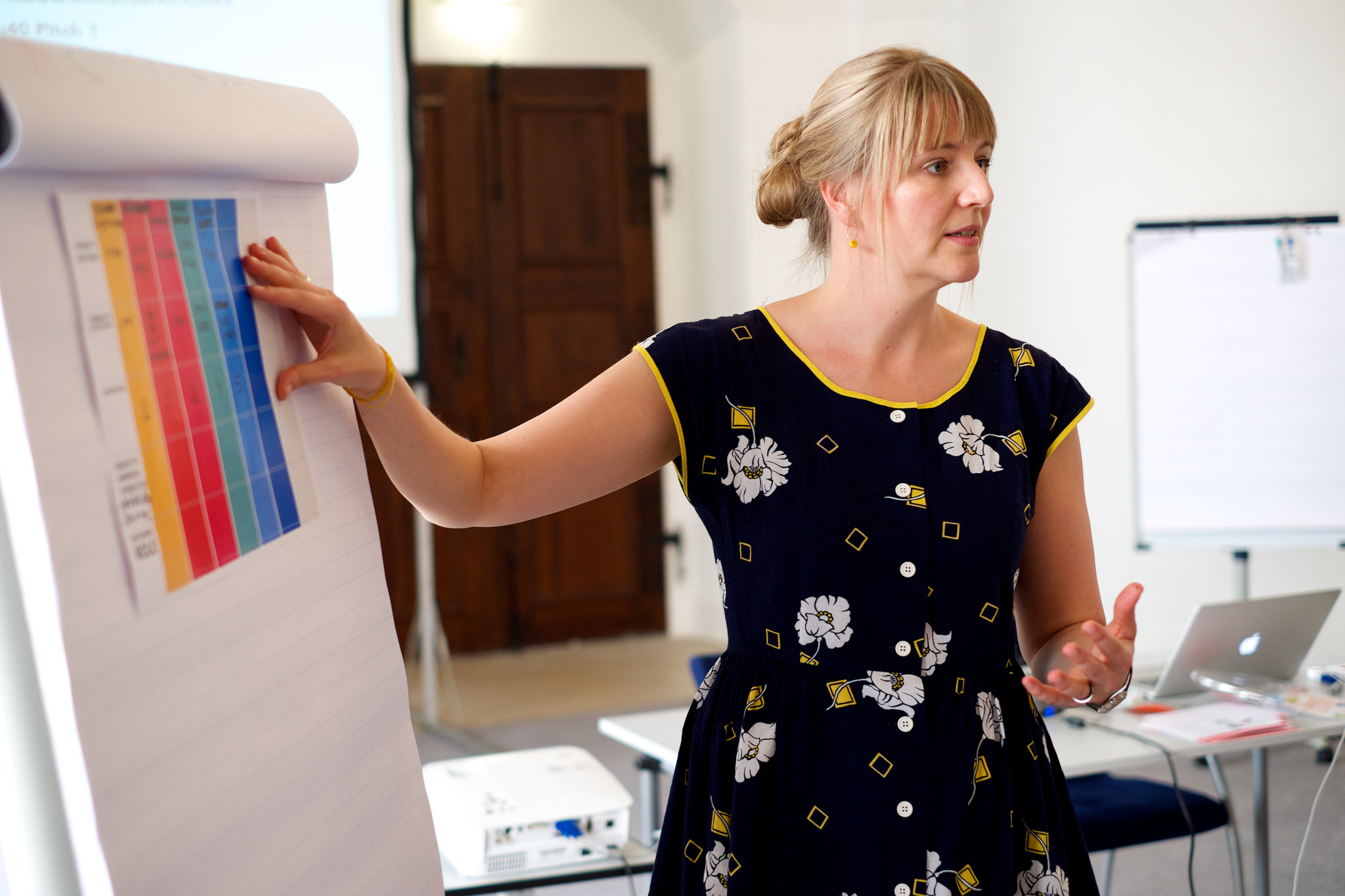
“Without a map every direction looks good.”
The case for a 90-day roadmap.
I recently served as judge for several business plan competitions including the Wharton Business Plan Competition and Columbia’s Venture Competition. I often have the opportunity to work with these ventures after the competition. There sometimes is the awkward transition from the early-venture strategic vision demonstrated through pitch decks and business-plan presentations to a roadmap for early success. While business plans and pitches are appropriate for defining the current state of a company as well as its desired future state, neither usually includes a process for getting there.
Each venture needs to set their vision, test and learn from their tests—Lean Startup Method. And, a good plan is a plan that you can change. Set your vision 90 days at a time, focusing on bite-size pieces of progress that everyone can understand and work toward collectively. Everyone is defined as fellow staff members, consultants and advisors as well as current and future partners, customers, and investors.
Road Map To-Do List:
- Routinely review the line items in your company’s strategic plan to create a venture to-do list.
- Prioritize the three to four items that will have the greatest impact for the next 90 days.
- Identify and then work on the tactical bite-size pieces that have specific deliverables that can be measured.
Benefits: this will align the leadership team around the highest priorities and makes communication easier to the next level of your sphere of influence; consultants and advisors. Make it clear to team members what they can do in their role in the next 90 days to support the company’s goals. The same is true for the next sphere of your co-centric circle of your sphere of influence.
The Ask: It is easier to ask advisors and mentors for insight and guidance when you have a 90-day roadmap. When you reach out, simply state the three or four key priorities and ask them how they can help you execute on one or some of the priorities. The more specific you can be the easier it will be for the recipient to act on your request. It’s easier for your network of advisors and mentors to add value when they can align with your top priorities.
Vision versus Pivot: Vision is a high-level statement of the founder’s belief about the customers the venture will serve, the problem the venture will solve, and how it will do so. Your vision has your core purpose. That remains fixed. Vision provides guidance about what to preserve and what to change. To pivot is to change some aspect of the vision: problem, customer, and solution. Your 90-day roadmap will help you navigate your journey that will include bumps, twists and turns—pivots.
Now, get out there and innovate!
Image credit: CC by Sebastiaan ter Burg



